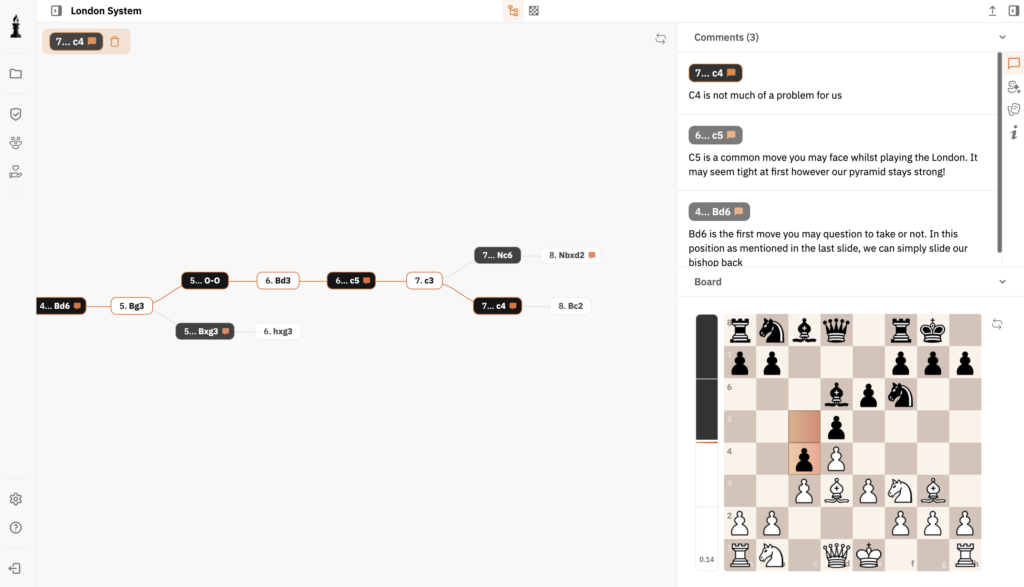Understanding the Value of Chess Pieces
Evaluating chess pieces’ value is crucial in strategic decision-making. Each piece has an intrinsic value that helps players assess positions and potential sacrifices.
The Basics of Chess Piece Value
The traditional values are as follows: Pawn = 1, Knight and Bishop = 3, Rook = 5, and Queen = 9. The King is invaluable as its capture ends the game. Determining these values aids in evaluating moves, especially during chess openings.
Applying Piece Value in Strategy
Determining whether to sacrifice a piece depends on the overall strategy. For example, exchanging a pawn for attack potential or a strategic position can be worthwhile.
Minor and Major Pieces
Understanding minor piece and major piece roles helps in forming effective strategies. For instance, a well-placed bishop or knight can have a greater impact than a rook in certain positions.
Strategic Considerations Beyond Piece Value
While piece value gives a baseline, many factors influence decisions on the board.
Positional Advantages
Sometimes a piece is more valuable based on the position. A bishop with open diagonals or a rook on an open file can be critical. Understanding pawn structure and how it affects these pieces is essential.
Tactics and Composition
Tactics like skewers, pins, and forks can change the perceived value of pieces mid-game.
The Concept of Tempo
Achieving a gain in tempo can be more valuable than material gain, enabling more aggressive play or better defense.
The Role of Technology in Understanding Piece Value
With tools such as Stockfish, players can analyze positions and understand complex values and potential strategies beyond human calculation.
ChessFlare Tools
Utilizing tools like Chess Games Analysis can refine understanding of piece value in different positions. Exporting and importing games with PGN files further integrates technology into learning.
Conclusion
Understanding chess piece value is fundamental, yet recognizing the nuance in real-game situations elevates a player’s skill. Observing these dynamics builds a deeper strategic insight essential for every chess enthusiast.
Consider further analyzing games with the Online Chess Database to enhance your strategic perspective.
Understanding chess piece value helps in strategic decision making, evaluating potential piece exchanges, and developing effective gameplay strategies.
Tools like Stockfish and ChessFlare’s analysis software allow players to understand complex positions, evaluate piece values, and integrate technological insights into gameplay.
Factors like positional advantages, open files for major pieces, tactical opportunities like forks, or achieving a gain in tempo can alter a piece’s value beyond its standard measure.
During openings, understanding piece value influences decisions on attacking versus securing positions, choosing when to castle, and when to engage in strategic piece developments.

